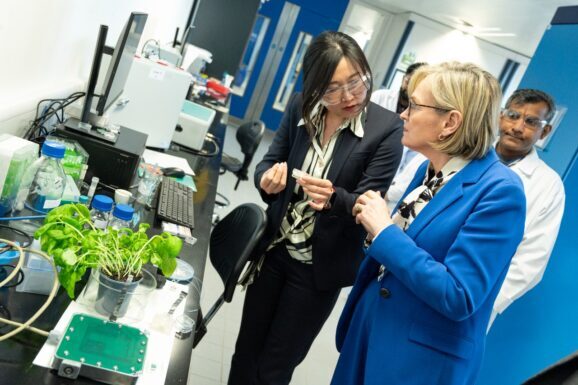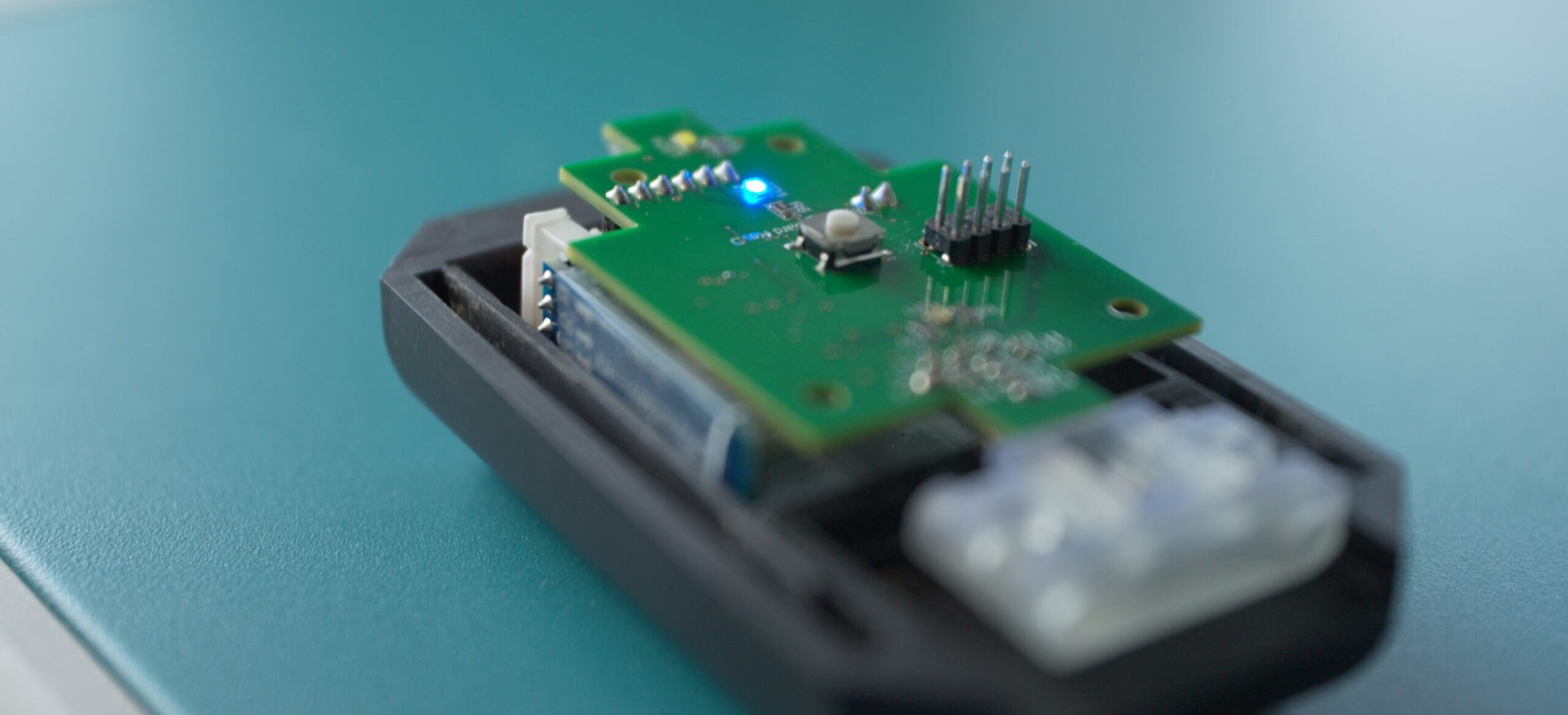
Sustainable Solutions
The Environmental Sensing strategic research programme focuses on the development of ICT solutions for sustainable agriculture, food, and environmental applications (SAFE). Environmental Sensing is a multi-disciplinary, inter-institutional research initiative that aims to create digital technologies capable of providing real-time data, empowering users to make informed decisions regarding animal and plant health, as well as soil, water, and air quality.
At a global level, there is a significant drive to increase food production to meet the needs of a growing population. Unlike past improvements in agricultural production, it is understood that any increase in production must be achieved sustainably, taking into account the challenges posed by climate change, land competition, and the quality and health of plant, soil, and water resources. These issues are central to the UN Sustainable Development Goals and the European Green Deal, which targets a 55% reduction in greenhouse gas emissions by 2030. These goals highlight the urgent need for technological solutions to address environmental challenges.

Our mission is to provide real-time data for real-time decision-making to stakeholders.
To enable higher levels of sustainable production, researchers within Tyndall’s SAFE research programme are developing digitalized solutions to real-world problems. By providing stakeholders with the necessary data, we empower them to make informed, evidence-based decisions. Through collaborations with leading academic and industry experts, we identify real pain points and technological gaps. Utilizing cutting-edge facilities, technologies, and know-how, SAFE researchers develop ICT solutions tailored to these specific challenges.
Over the past several years, SAFE researchers have developed a wide range of fit-for-purpose sensors and systems that, for the first time, allow for real-time monitoring of contaminants of emerging concern. The programme team holds multiple patents, has patents pending, and has submitted several new Invention Disclosure Forms. Additionally, they are collaborating with leading academic researchers, SMEs, and multinational companies globally.
Environmental Sensing for Sustainable Agriculture
Examples of our research include the development of sensors for nutrient measurement in soil. Researchers at Tyndall are utilizing precision electrochemical nanosensors to provide farmers with timely, actionable data that monitors the nutrients of their fields on a day-to-day basis.
Watch now and discover how these soil nutrient sensors are enhancing sustainable agricultural practices, reducing biodiversity loss, and protecting our environment.

Recent Publications
Adib, Md Ridwan, Colm Barrett, Shane O’Sullivan, Anna Flynn, Marie McFadden, Emer Kennedy, and Alan O’Riordan. “In Situ pH-Controlled Electrochemical Sensors for Glucose and pH Detection in Calf Saliva.” Biosensors and Bioelectronics 275 (2025)
Wang, Zhongzheng, Han Shao, Alan O’Riordan, Javier Higes-Marquez, Ivan O’Connell, and Daniel O’Hare. “A Fast Square Wave-Based Electrochemical Impedance Spectroscopy for Impedance-Based Biomedical Applications.” Paper presented at the 2024 IEEE Biomedical Circuits and Systems Conference (BioCAS) (2024)
Daly, Robert, Tarun Narayan, Fernando Diaz, Han Shao, Jose Julio Gutierrez Moreno, Michael Nolan, Alan O’Riordan, and Pierre Lovera. “Electrochemical Synthesis of 2D-Silver Nanodendrites Functionalized with Cyclodextrin for SERS-Based Detection of Herbicide MCPA.” Nanotechnology 35, no. 28 (2024)
Luiza A. Wasiewska, Fernando Garrido Diaz, Han Shao, Catherine M. Burgess, Geraldine Duffy, Alan O’Riordan, “Highly sensitive electrochemical sensor for the detection of Shiga toxin-producing E. coli (STEC) using interdigitated micro-electrodes selectively modified with a chitosan-gold nanocomposite.“Electrochimica Acta (2022)

